“A-L-O-H-A
There is one thing in life that never changes – the true meaning of ‘Aloha’. It is a way of life – it is an attitude – it is how you choose to live your life – it is given freely without any expectations. There are no entitlements – ‘Aloha’ is given like the ‘Grace of God’
The ‘Aloha Shirt’ symbolizes this lifestyle that is still alive in Hawai‘i and across the globe in the people who have experienced the kindness and respect of ‘Aloha’.
We want everyone who puts on a Hawaiian shirt to one day feel the footprint of ‘Aloha’ upon them so that they can have a true appreciation of Hawai‘i’s beauty inside and out.” -Craig Hara, President, Mr. Hawai‘i Inc.; Brand: Go Barefoot
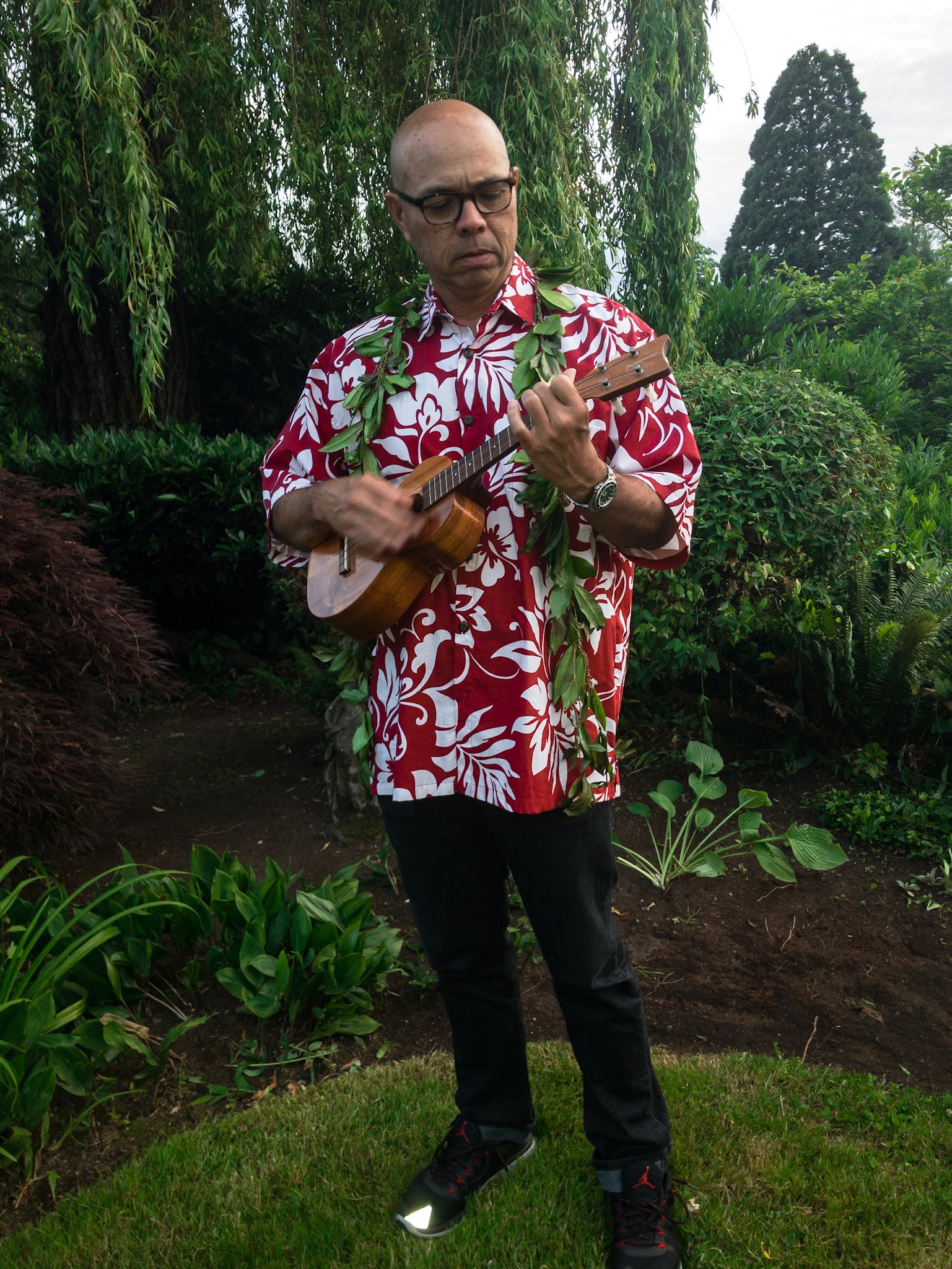
As many of you know, my family is very Hawaiian. My parents grew up there and Hawaiian blood runs through the veins of my dad’s side of the family (where did you think my lips came from?) – so it should come as no surprise that Aloha shirts have been an integral part of our lives since Day 1.
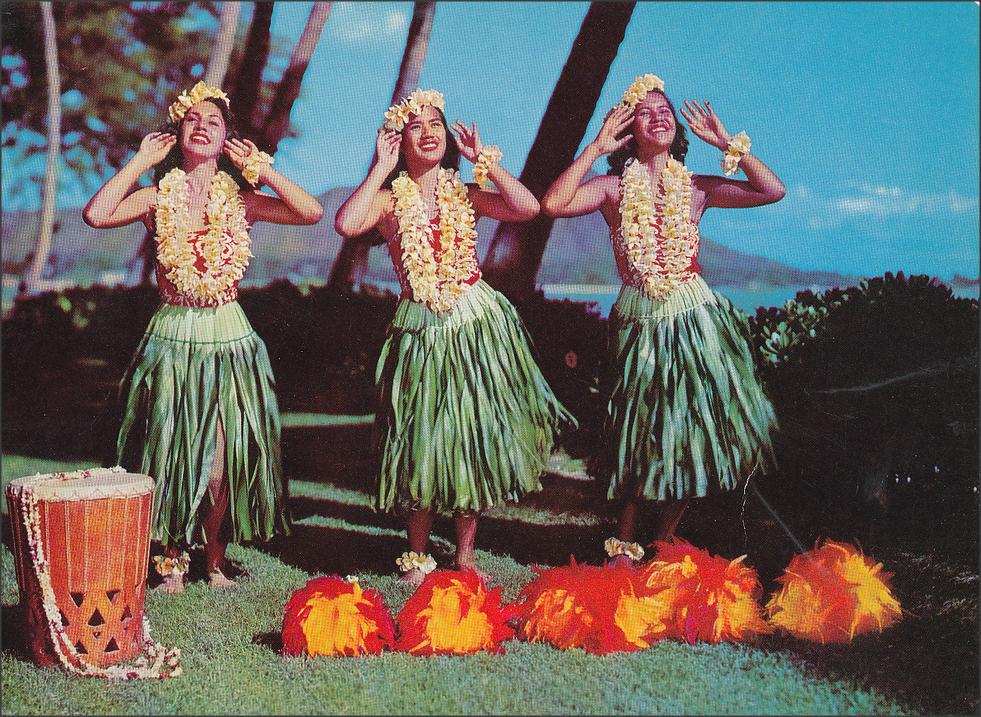
“Hula Maidens 1950s” by 1950sUnlimited. CC BY 2.0
Although they are typically known as a man’s buttoned, short-sleeved, collared shirt, characterized by brightly printed Hawaiian “tropical” designs, that never deterred me from stealing one of my dad’s. Usually I either tie it at the waist or just let it hang unbuttoned at my sides. I don’t care what society says – I love aloha shirts and defying gender stereotypes!

Aloha shirts have been a long tradition in Hawai‘i, taking their origins from several different influences. The cut and style came from the sturdy and traditional short-sleeve button-front work shirt worn by sugar cane and pineapple plantation workers. The colorful prints were designed for tourists by an artistic group of people during the time when Hawai‘i was emerging as a popular tropical island paradise. Renowned aloha shirt designer John “Keoni” Meigs believed that aloha shirts put Hawai‘i on the map. For inspiration, Keoni and the other designers of this age turned to designs of beaches, sunsets, palm trees, hula girls, flowers, and the rain forests of Hawai‘i.

“Hawaii Dream Vacation 1958” by 1950sUnlimited. CC BY 2.0
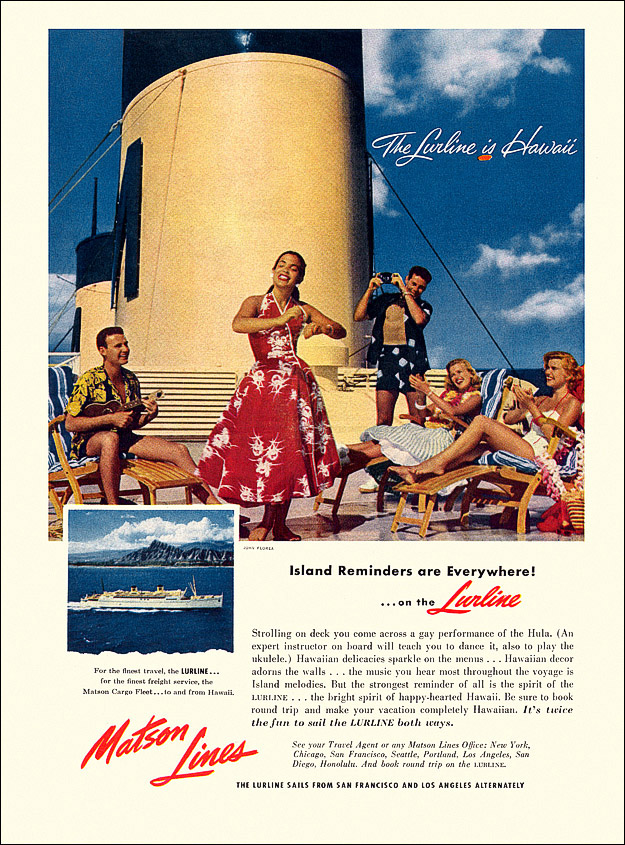
“Matson Lines Cruise Ad, c1956” by alsis35. CC BY-NC 2.0
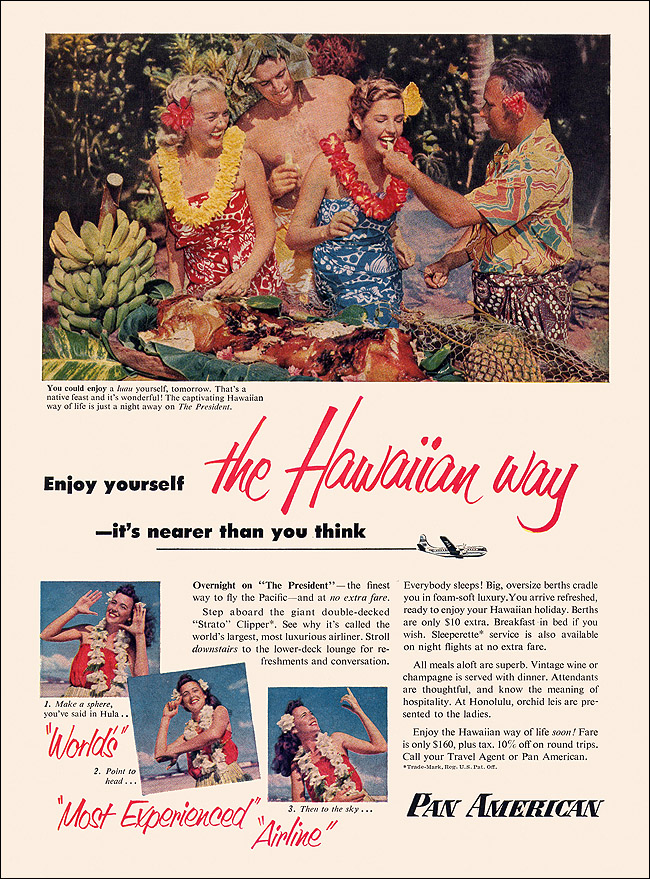
“Pan American Airlines Ad, 1952” by alsis35. CC BY-NC 2.0
First appearing in the 1930s, the earliest shirts became mementos for visitors to the islands. These Hawaiian souvenirs allowed them to bring back a piece of aloha home with them. As tourism in Hawai‘i grew, so did the popularity of the aloha shirts, and soon, what began as a business for the growing tourist trade became something much more kama‘āina (local). The 1950s saw dress codes for business people in Hawai‘i begin to relax; the introduction of Aloha Fridays and then Aloha Week helped to bring the aloha shirt into the workplace. They also became popular among locals as common casualwear. Although aloha shirts still flourish today, the period from the 1930s to the 1950s is known as the Golden Age of aloha shirts.
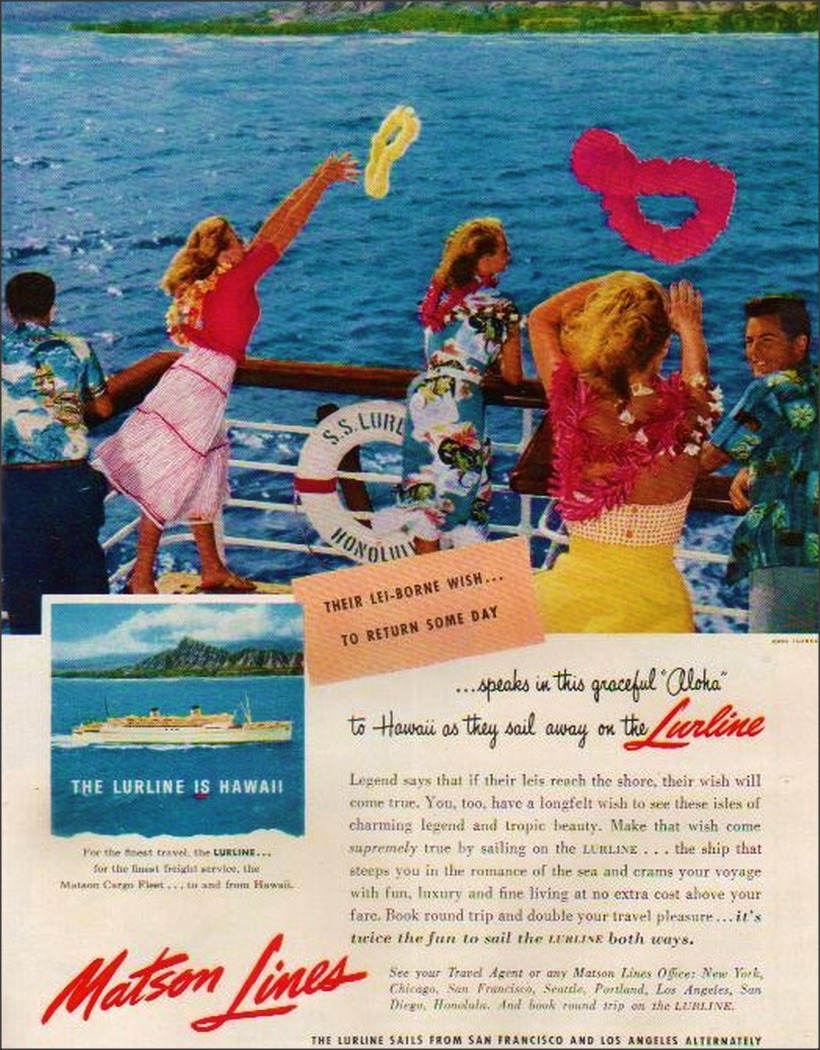
“1955 Matson Cruise Lines 1” by 1950sUnlimited. CC BY 2.0

“1954 Hawaii Visitor Bureau” by 1950sUnlimited. CC BY 2.0

“1954 Matson Lines Cruise” 1950sUnlimited. CC BY 2.0
In the 1960s, designs began to move away from the bright images of the Golden Age as a new breed of designers began to emerge and taste began to evolve. The ‘60s saw the creation of a new reverse print aloha shirt that quickly became all the rage. The fabric of these shirts was turned inside out to mute the bright colors and create the reverse print effect. My brother, Keoni, (who coincidentally shares his name with the Golden Age designer) can be seen wearing one of these reverse print aloha shirts below.
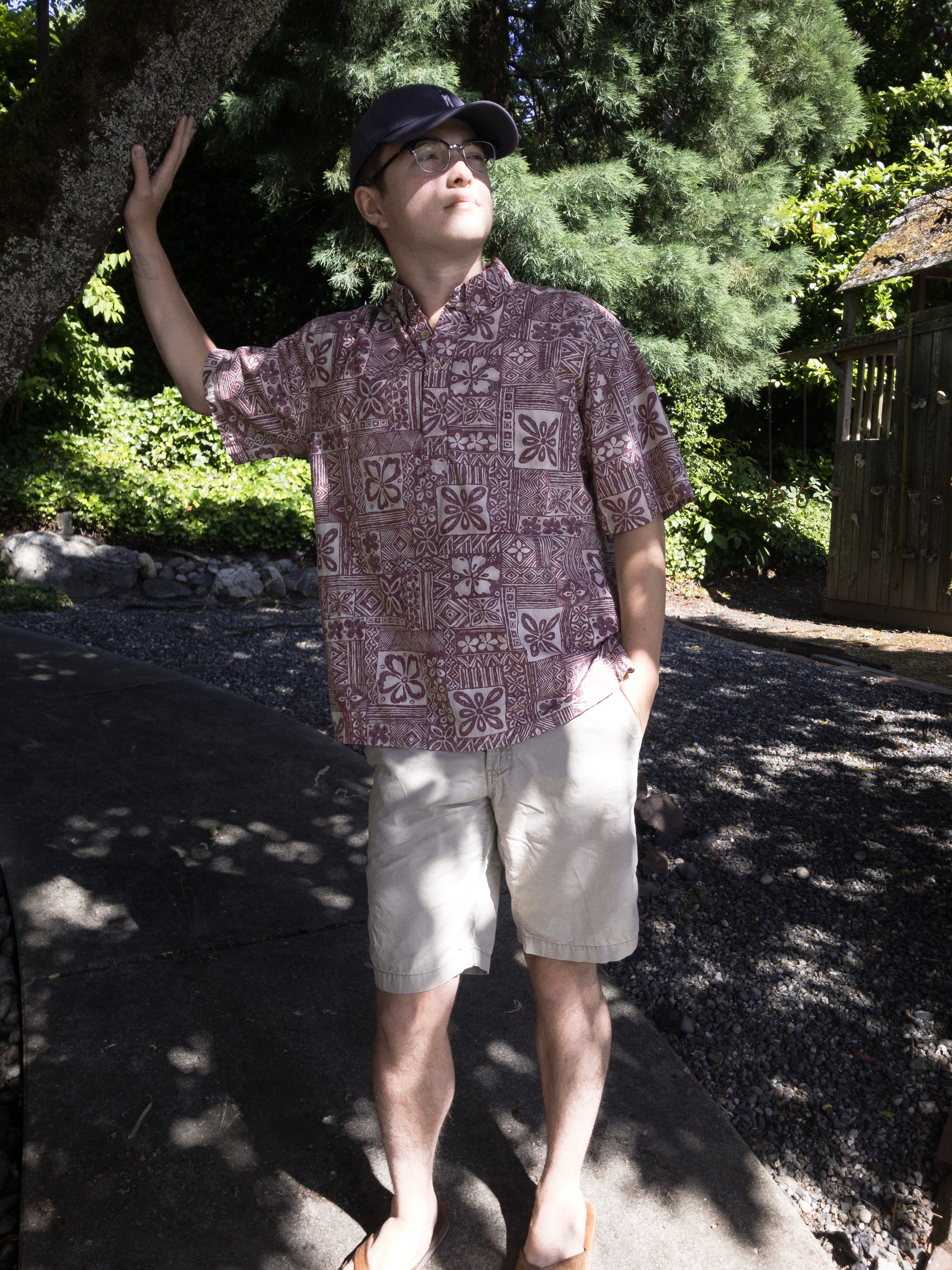
Over the years, radio, movies, television, newspapers, celebrities, and public figures promoted the Hawaiian islands to people on the mainland through widely publicized images of the Hawaiian lifestyle. Movies were enormously effective in the promotion of aloha shirts with figures like Elvis Presley, who starred in the 1961 musical comedy Blue Hawai‘i. In this movie, Elvis played the ‘ukelele and taught “hot broads” (classic 1960s objectification and overt sexualization of women) how to surf. My dad even has an Elvis Presley aloha shirt, which you can see on my friend Dylan below.

“Elvis in Blue Hawaii” by Lionel Valdellon. CC BY-NC 2.0

Along with the design, colors, and fabric, the aloha shirt was also valued for its label and type of button. During the Golden Age, Hawaiian labels were considered miniature pieces of art and added a romantic element to the garments. Featuring images of surfers, Diamond Head, palm trees, outrigger canoes, and people, these finely woven labels were also important in establishing a company’s reputation and prestige.




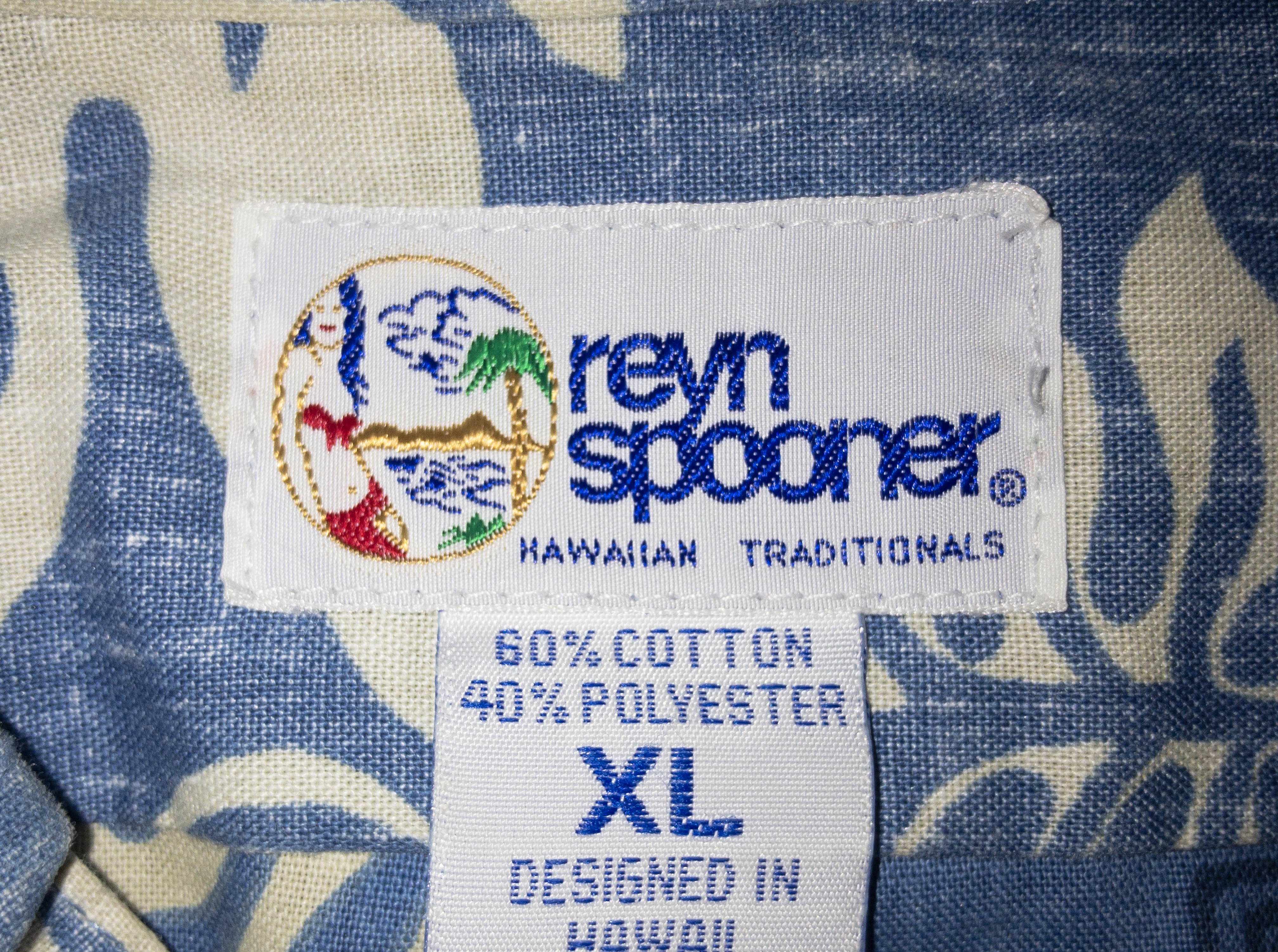
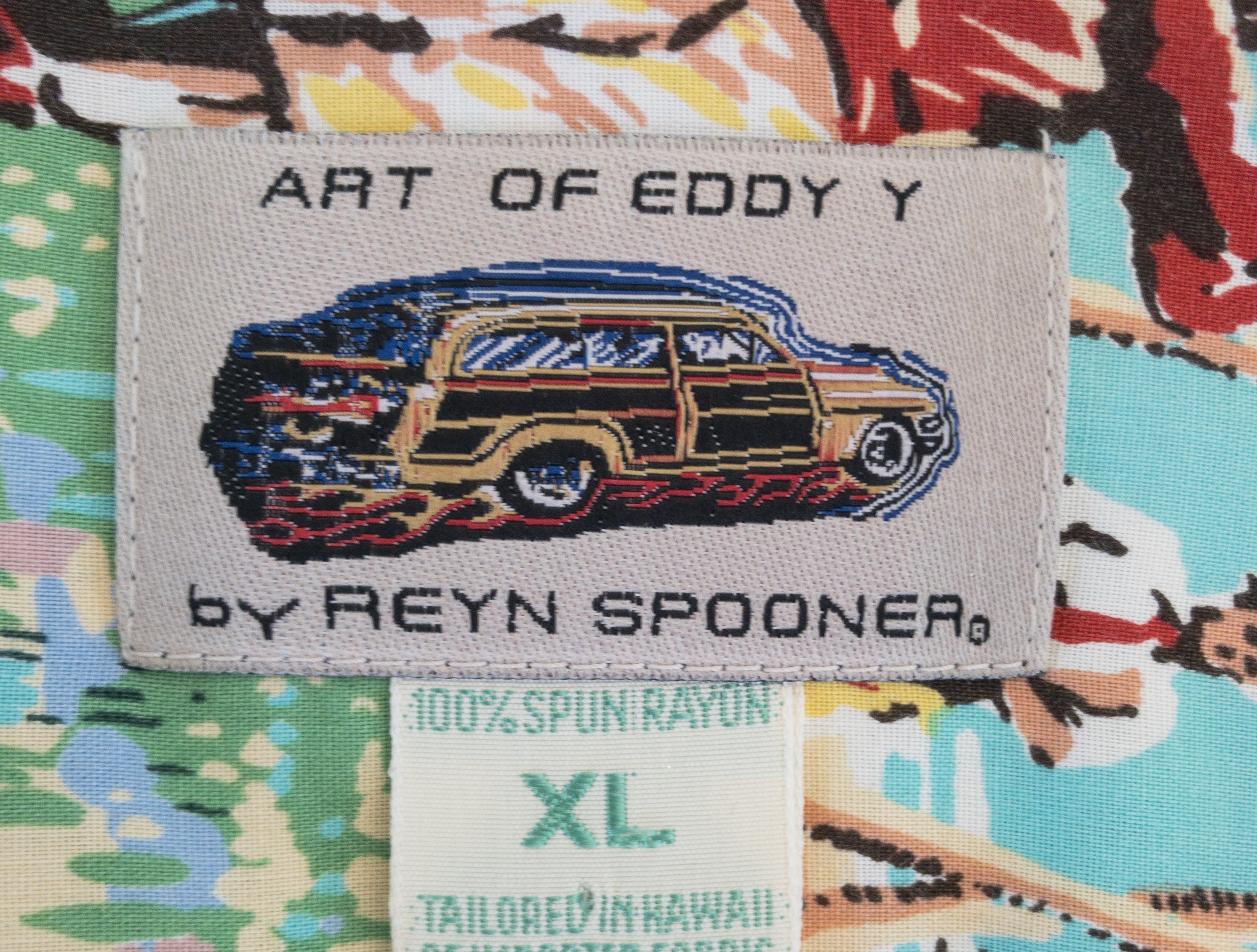
Years before commercial fabrication, the art of coconut button making was a home craft in Hawai‘i and ended up on home-sewn aloha shirts. They were the perfect natural material for making buttons, as they were available in abundance and hard enough to not crack. During the Golden Age, coconut buttons began to catch tourists’ interest and began to pop up in advertisements around Honolulu. A small coconut-button factory on O’ahu produced the standard round buttons as well as novelty Hawaiian shapes like fish, palm leaves, and pineapples. They were sold on souvenir cards and advertised as hand carved and polished by the natives of the islands. (What an authentic experience for the mainlanders!) Today, nothing beats the original coconut buttons on vintage aloha shirts. Ranging from dark brown to an almost blond color, they provide a lovely contrast with Hawaiian prints.
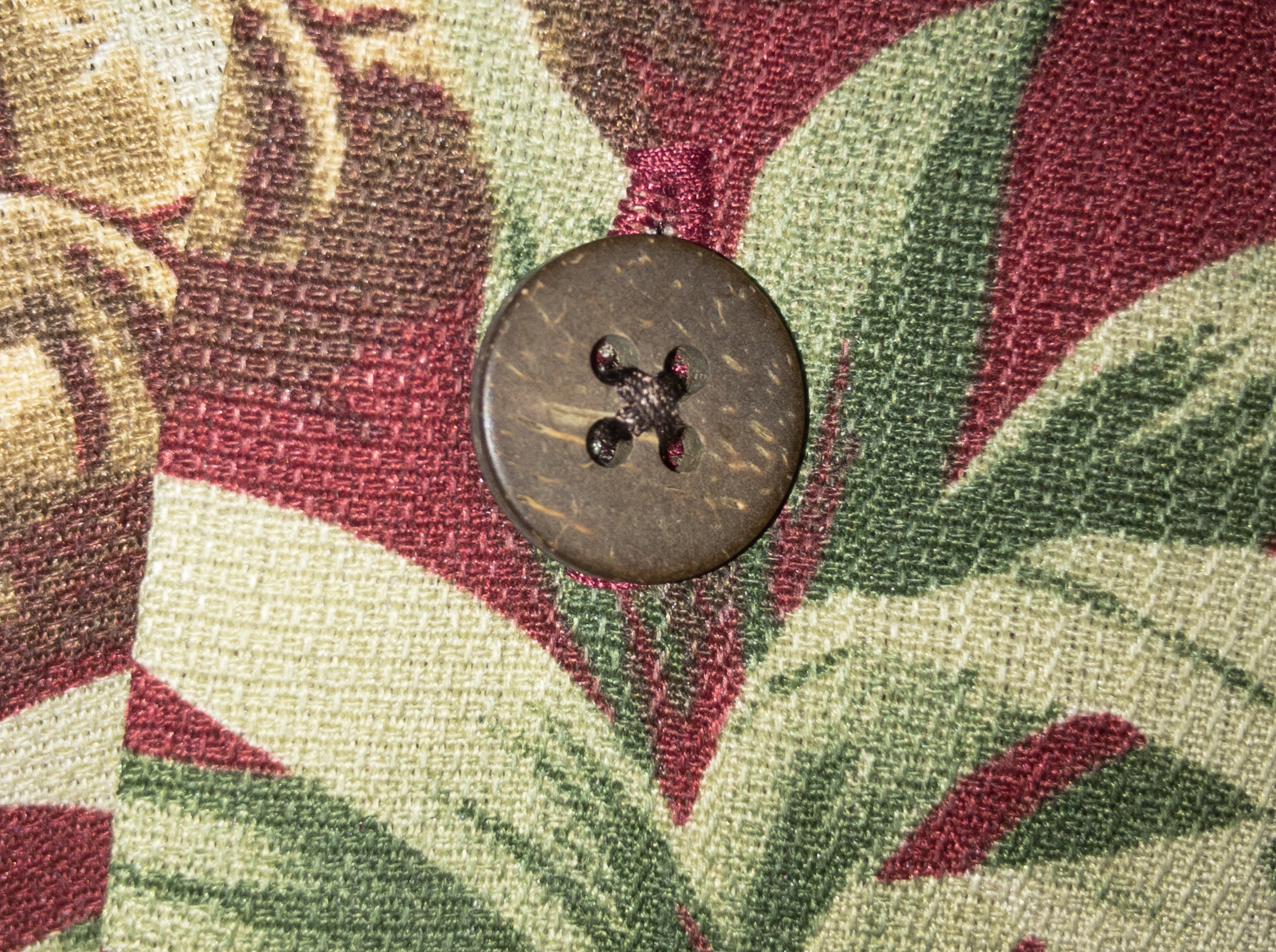
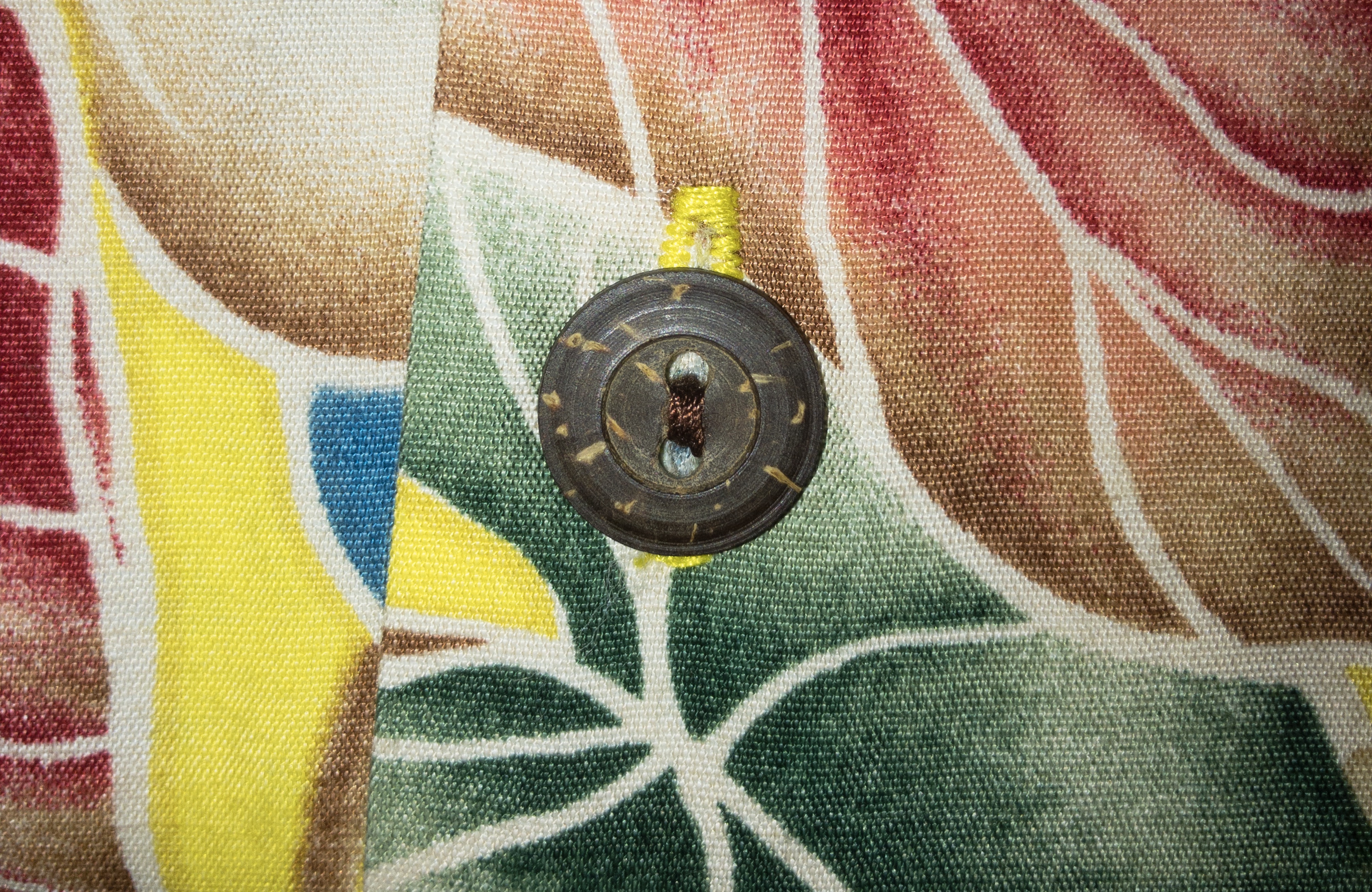
Aloha shirts have always played an important part in my family life. My dad and brother can frequently be found in them, proudly displaying their Hawaiian culture and spirit of aloha. When I was in college, I stole a soft red one of my dad’s that I would wear while studying or writing papers. It was a nice way for me to feel close to him even though we were hundreds of miles away. My dad even gave away one of his special shirts to my boyfriend Callum, which I believe signifies his acceptance into our family and my dad’s approval. (Callum looks extremely handsome in his new aloha shirt – although he always looks handsome in anything he wears!)

It has been a pleasure to share this little-known history of the aloha shirt with you, my dear readers, and I’ll leave you here with this closing quote:
“Hawai‘i, awash in romance, marbled by different cultures, saturated with beauty, and compelling in contrasts, gave birth over fifty years ago to the renowned aloha shirt. There is probably no better garment in the world that captures a land’s ‘spirit of place.’ For half a century, the aloha shirt has been Hawai‘i’s most enduring and visible greeter and ambassador – like a lei, the aloha shirt is worn as a statement of one’s love for, and connection to, a most special place.” -Tommy Holmes, a Hawaiian legend
Sources: Craig Hara, President of Mr. Hawai‘i Inc., Brand: Go Barefoot; Alex Newman and Zakee Shariff, Fashion A-Z: An Illustrated Dictionary (2009); Dale Hope, The Aloha Shirt: Spirit of the Islands (2016).
Check out some of my favorite aloha shirt looks below!
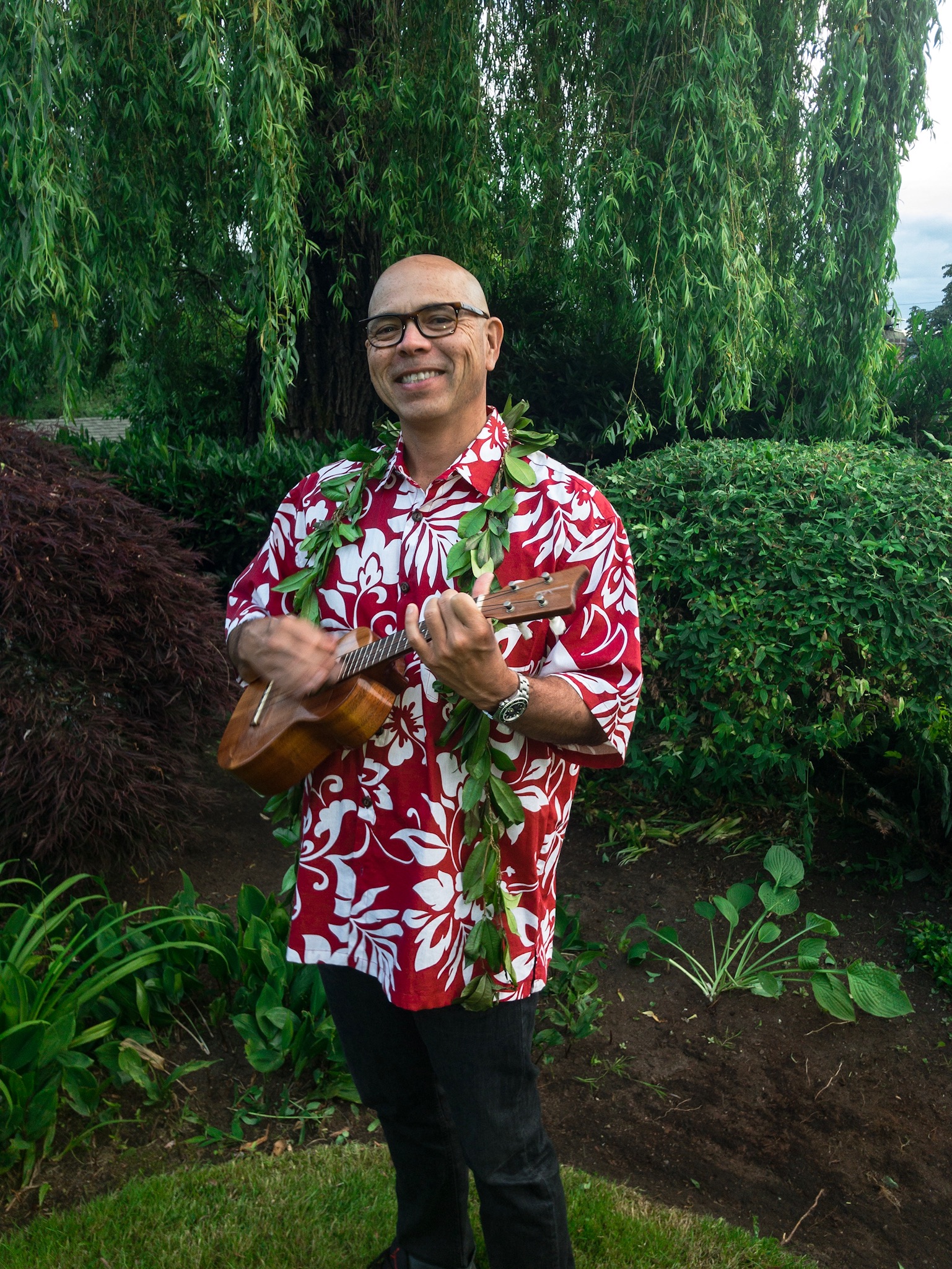

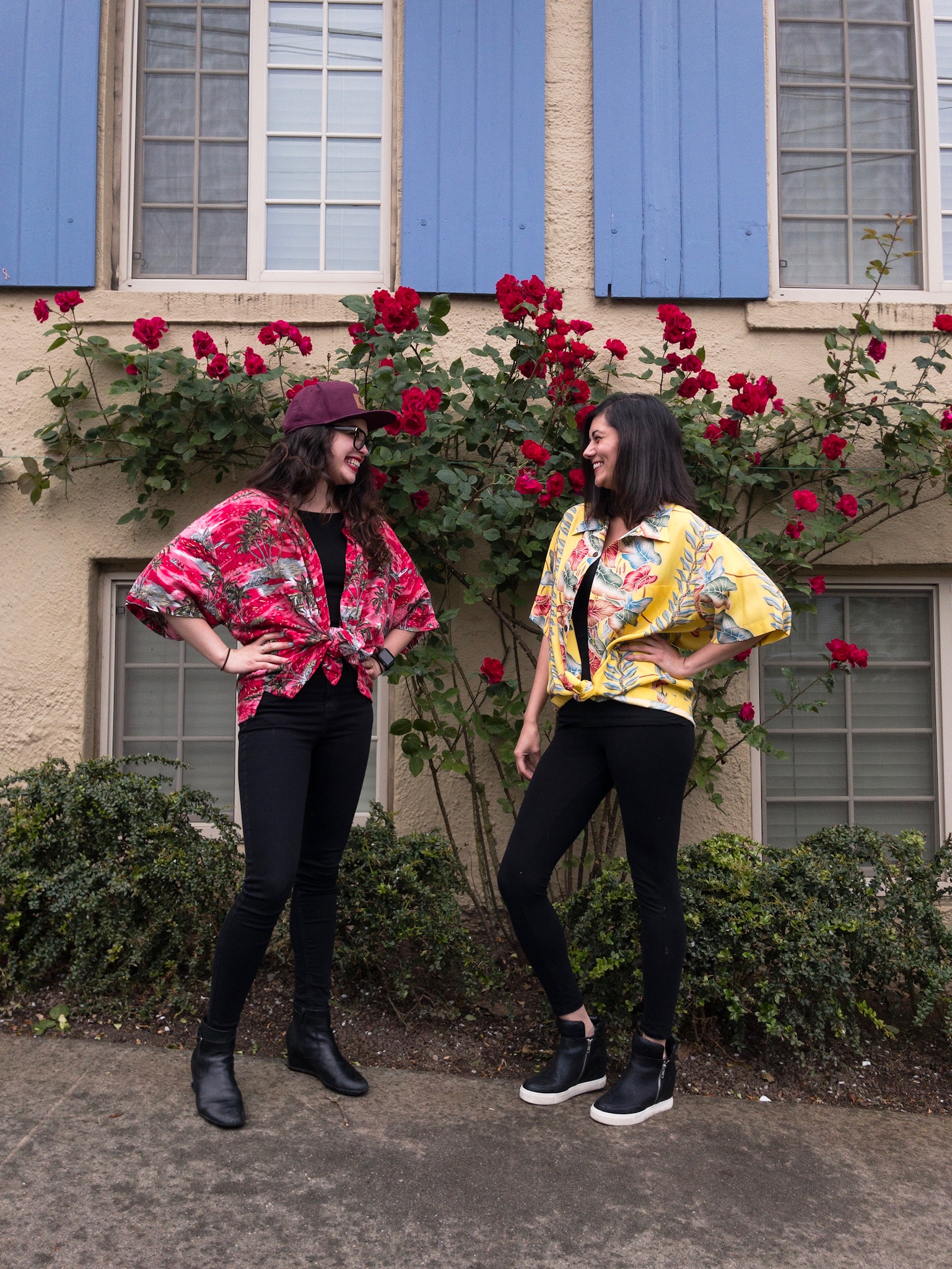
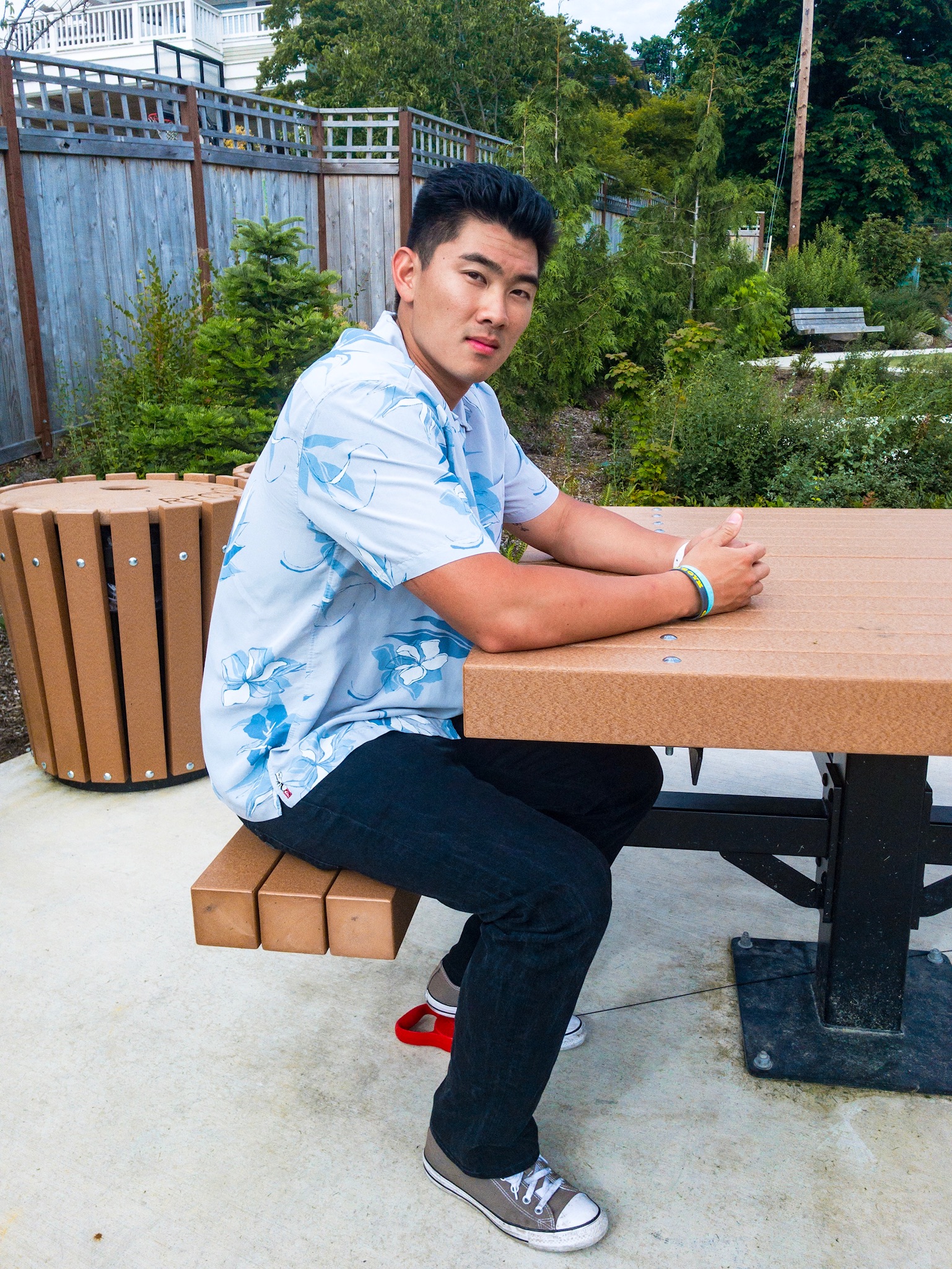
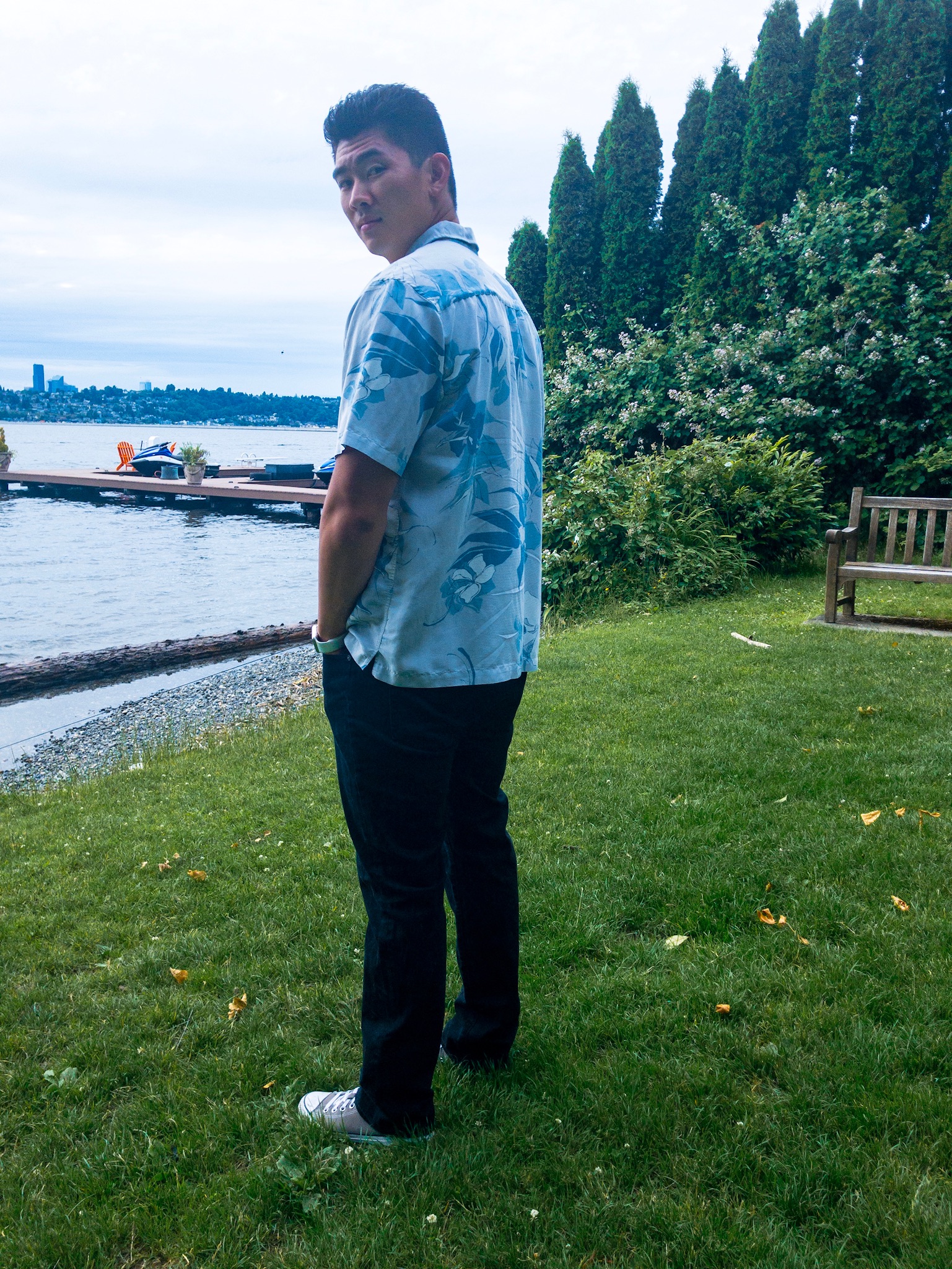

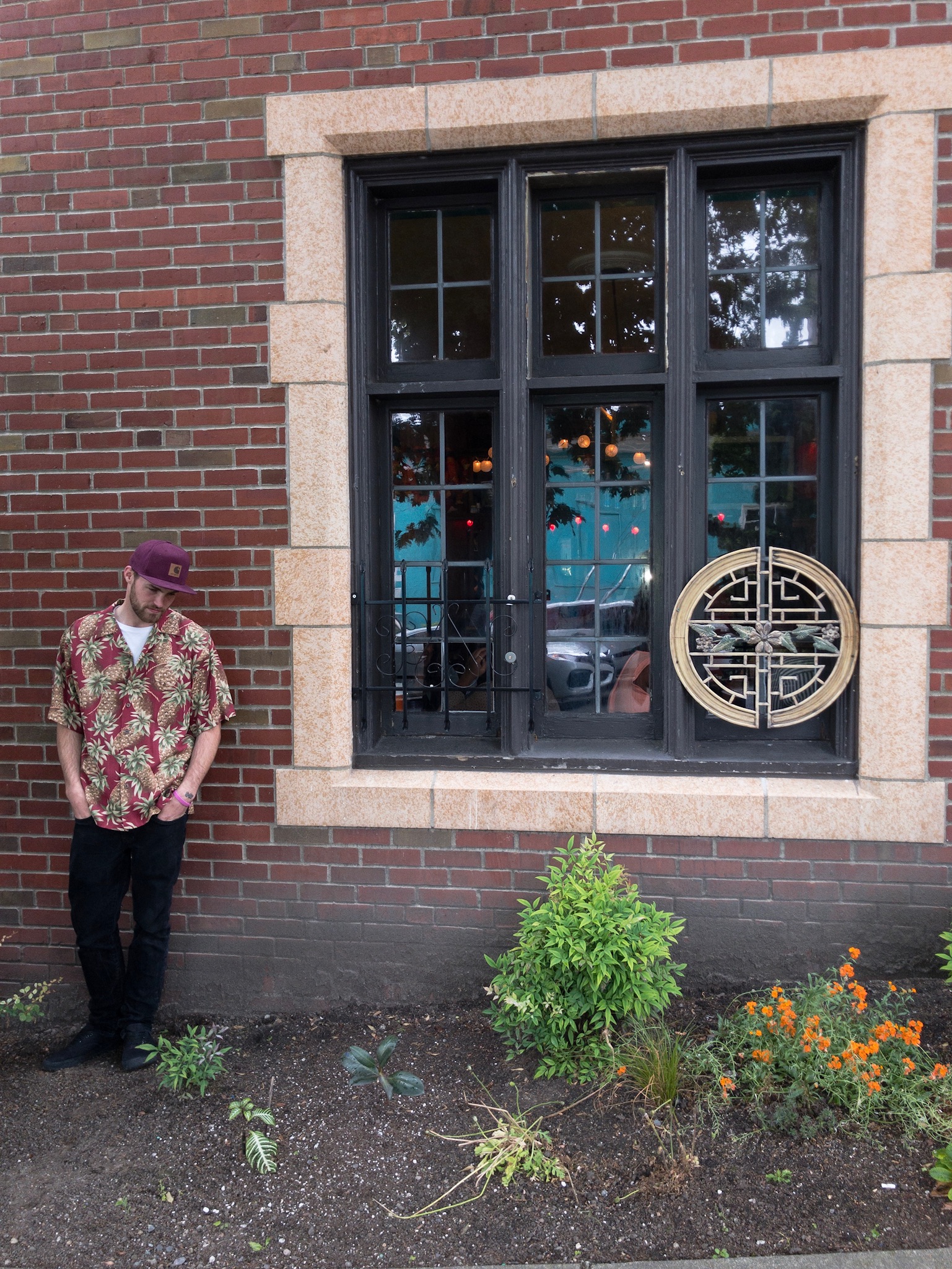




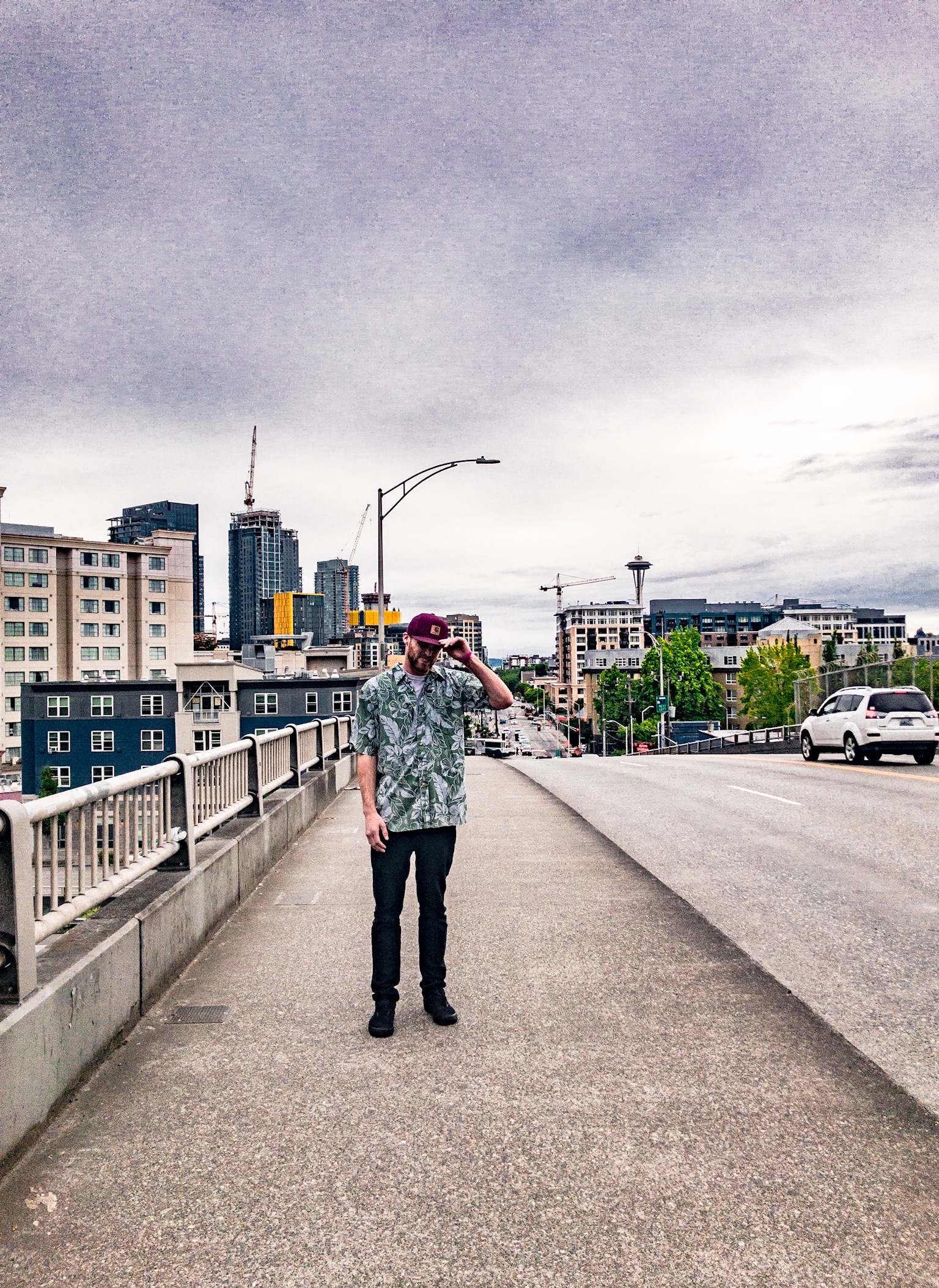
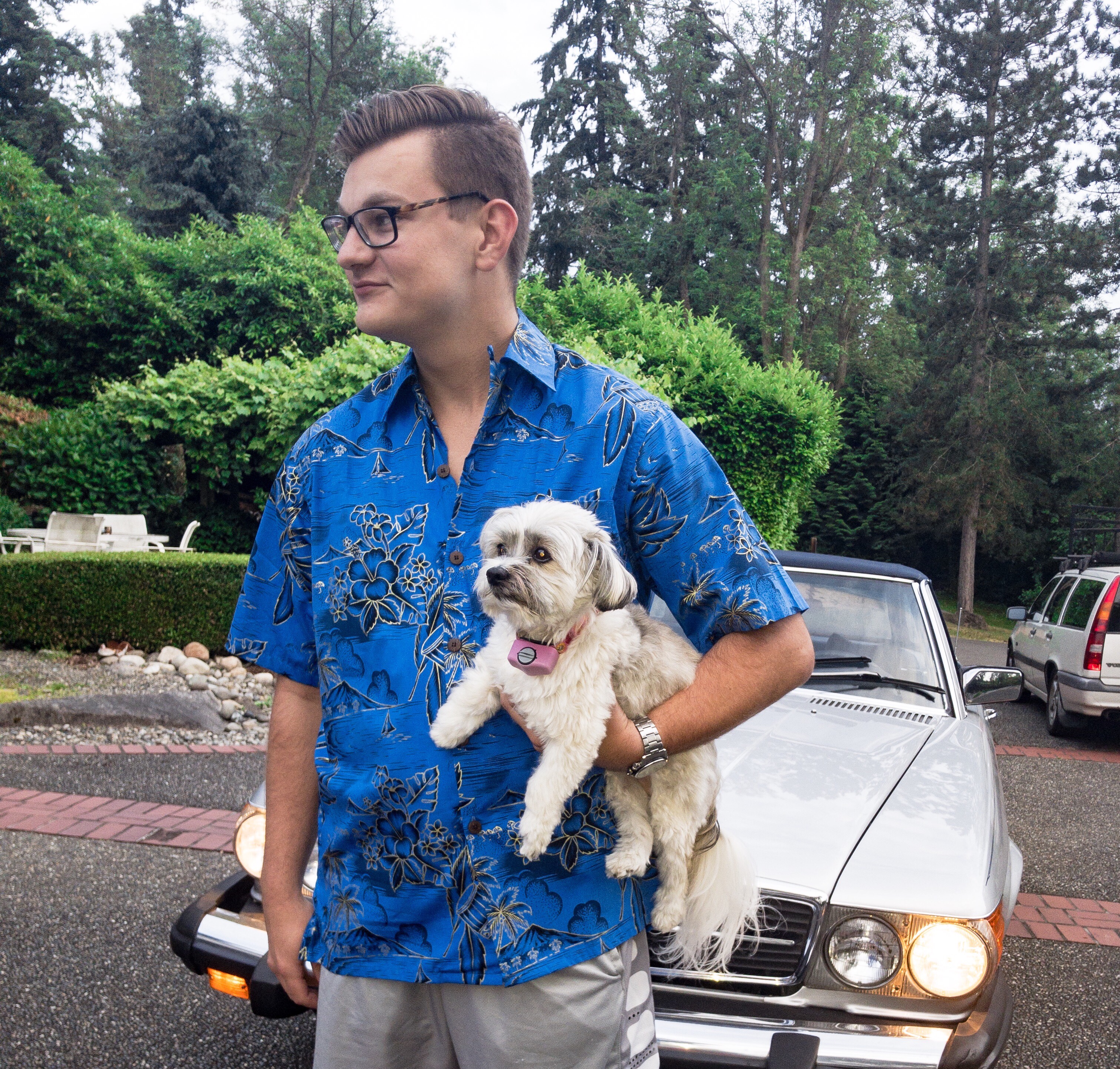
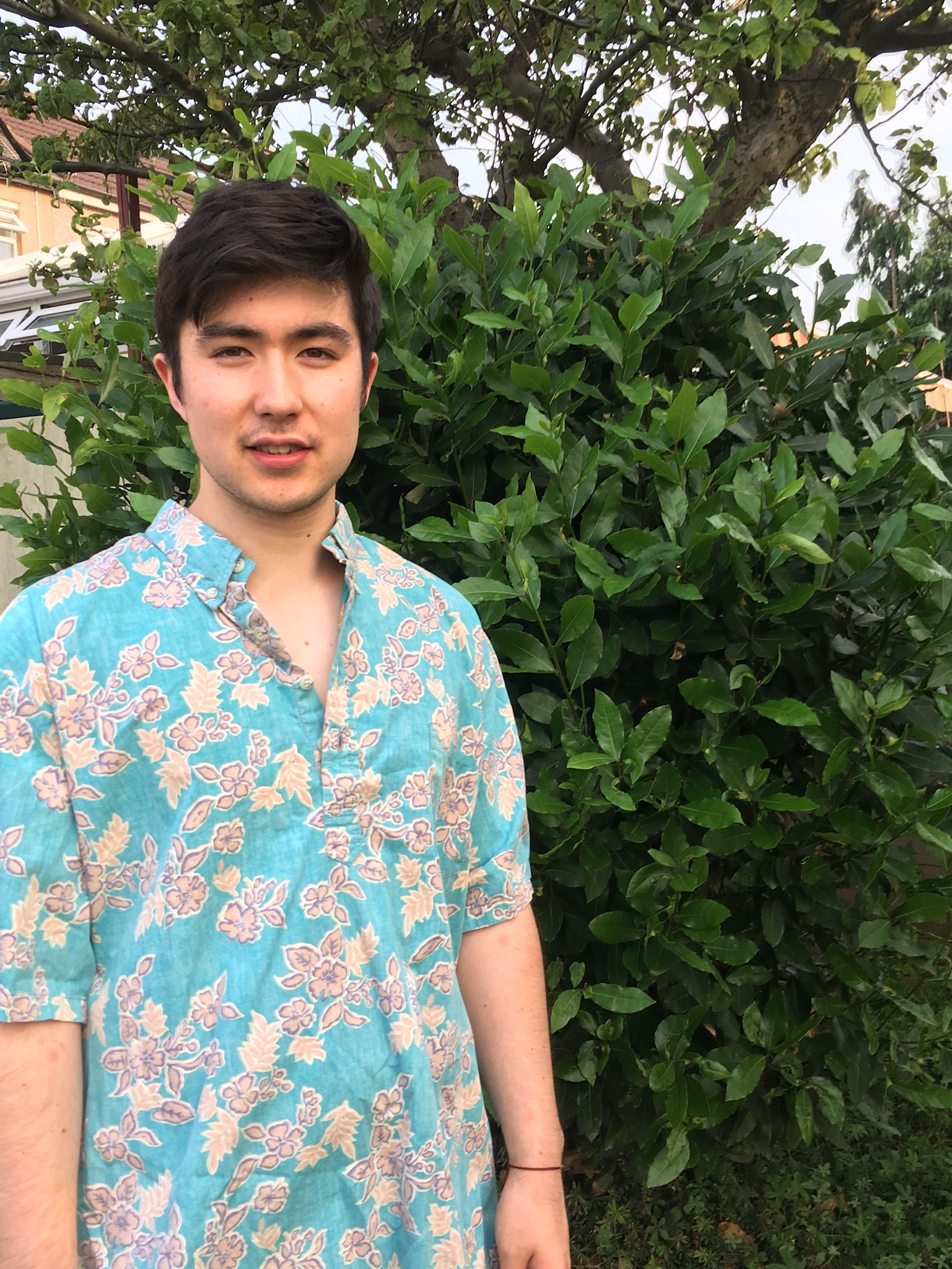


🤙 always learning something new!
Well done! I love the vintage Hawaiian photos and the aloha shirt labels.
I also enjoyed reading the quote from Craig Hara of the “Go Barefoot” label on “Aloha” and “Aloha Shirts.”
It is interesting to gain a historical perspective on different aspects of fashion. Your blogs are a weekly treat!